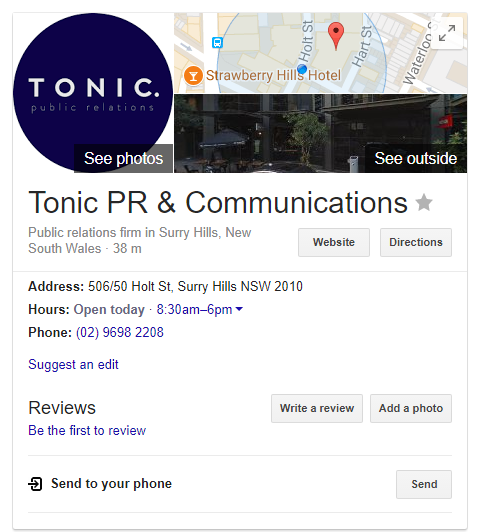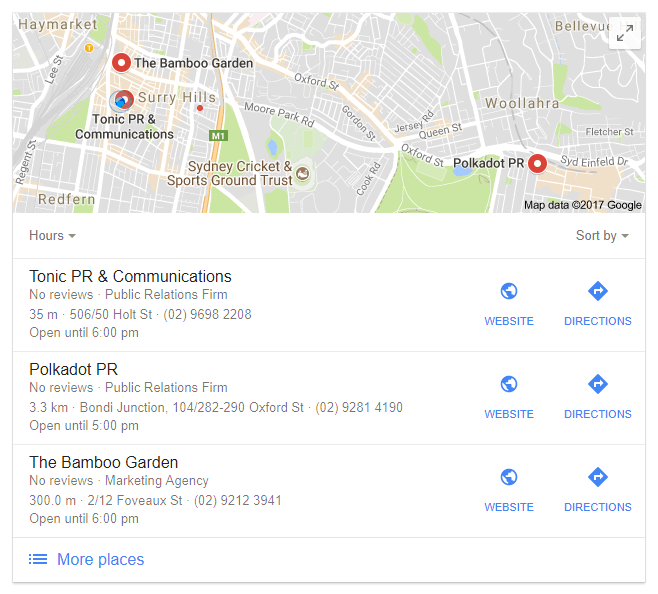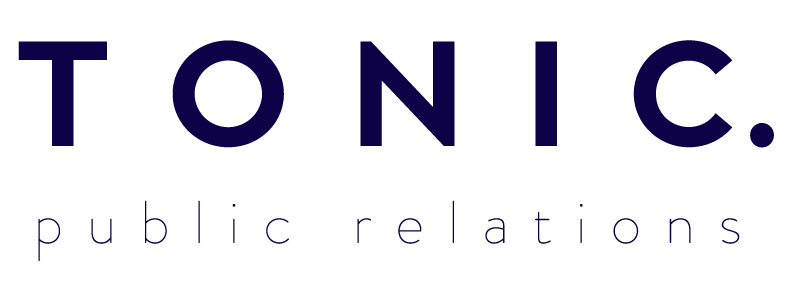By Natasha McGarrell
Ever wondered how Google selects which website to place at the top of a search? Wish your website could be one of those top results? Here are our tips on how to get there.
Optimise your website
Before anything else, you’ll need to make sure your website is in tip top shape. Start with your website’s title and meta tags (these are what people will see and click on when they search for something). Whatever you do, don’t title your homepage “Homepage”. Tell people what they’re clicking – your business name is a great start.
Every page title should contain around 50-60 characters and the keyword you’re targeting. You’ll have a little more room to breathe with approximately 120-160 characters available for your meta description. This is your chance to give people a little more context on each page.
Hate waiting for a page to load? So does the rest of the world, which is why your website’s speed is so important for SEO. Trim the fat by getting rid of unnecessary plugins and compressing large image files. Do this and your site will be running at Usain Bolt speeds in no time. While you’re at it, make sure that every page on your site has a clear keyword focus and is mobile-friendly.
Research keywords and own your niche
Keywords and phrases are big players in SEO, and it can be tough to know what people might search for to reach your site. Here’s where keyword research comes in. Google Keyword Planner, SEMrush’s Keyword Magic Tool and Google Trends are great tools to get you started. You’ll also be able to look into competitor keywords using SEMrush.
While it might be tempting to target broad keywords on your site, this can often prove ineffective. Hundreds of other brands will likely be targeting the same keywords as you, meaning you’ll be drowned in the sheer volume of competition. Instead, try to own your brand’s niche by targeting specific searches. For example, a fashion store is more likely to reach the top of a search for “women’s formal dresses in Bondi Junction” than one for “fashion”. While there are more searches for “fashion”, people searching for specific terms are more likely to find and want your business. Here’s a great tool for researching niche search terms.
Run diagnostics
So, your website is optimised and your pages are filled with killer keywords. Now it’s time to check everything is running smoothly. Add a SEMrush audit, Screaming Frog SEO Spider and/or Google Search Console to your tool belt to test for things like broken links and mobile usability.
Get local
Local markets are very valuable, so make sure you tap into yours. Start by claiming a Google My Business page, which will be displayed when people search your brand. It will also allow your business to be included in map results in searches.


Setting up local business pages on social media and directories is a must. To avoid confusion, keep NAP (name, address, phone number) citations consistent across all platforms.
Once you’re all set up, encourage your customers to leave a review – these are very valuable for SEO. Keep on top of reviews and respond to any negative comments. While there is no benefit to SEO, your customer base will thank you for being responsive.
Provide great content
Good content matters. If you’re providing entertaining, inspiring or useful content, your customers will be more likely to revisit your site and you’ll increase your chances of receiving links from third party sites (this is a great way to build website authority). Put your detective’s hat on and research what topics are commonly associated with your service or product. Speak to your customers and find out what they care about.
Wave goodbye to dull all-text blog posts. If your customers wanted a snoozefest they’d take a sleeping pill. Try to incorporate rich media into your content with photos, videos and gifs.

